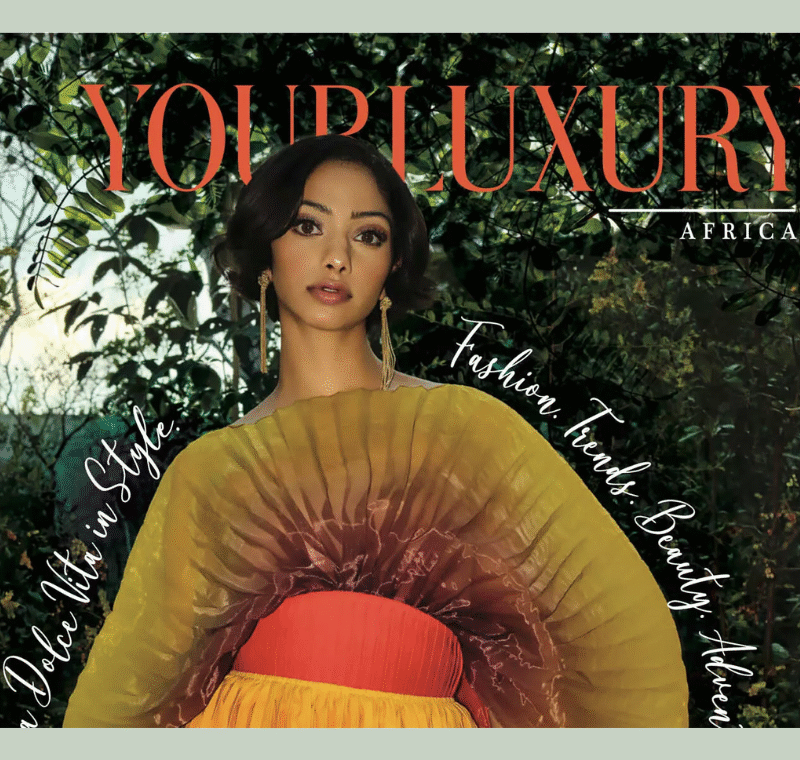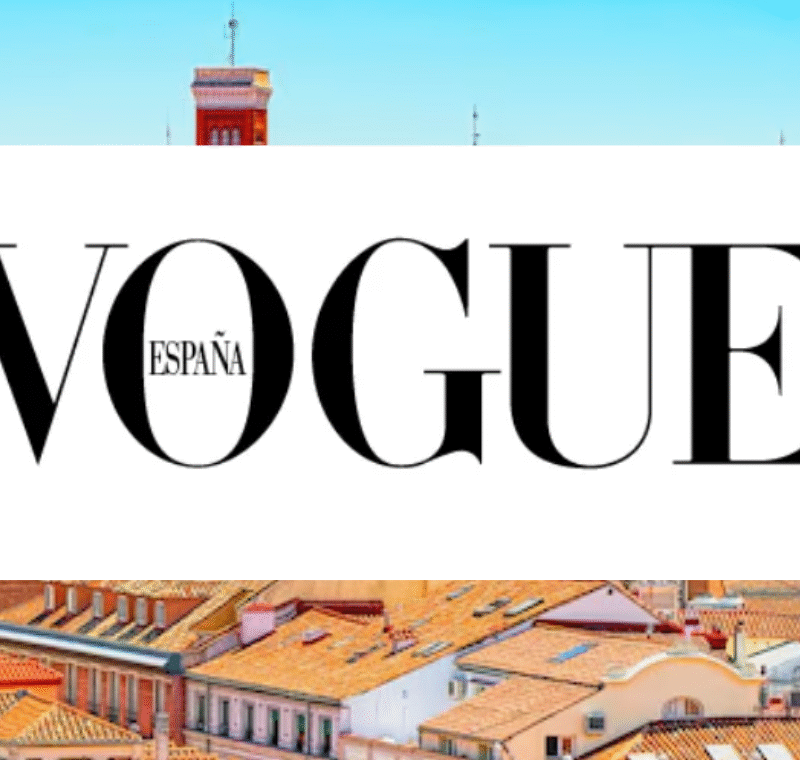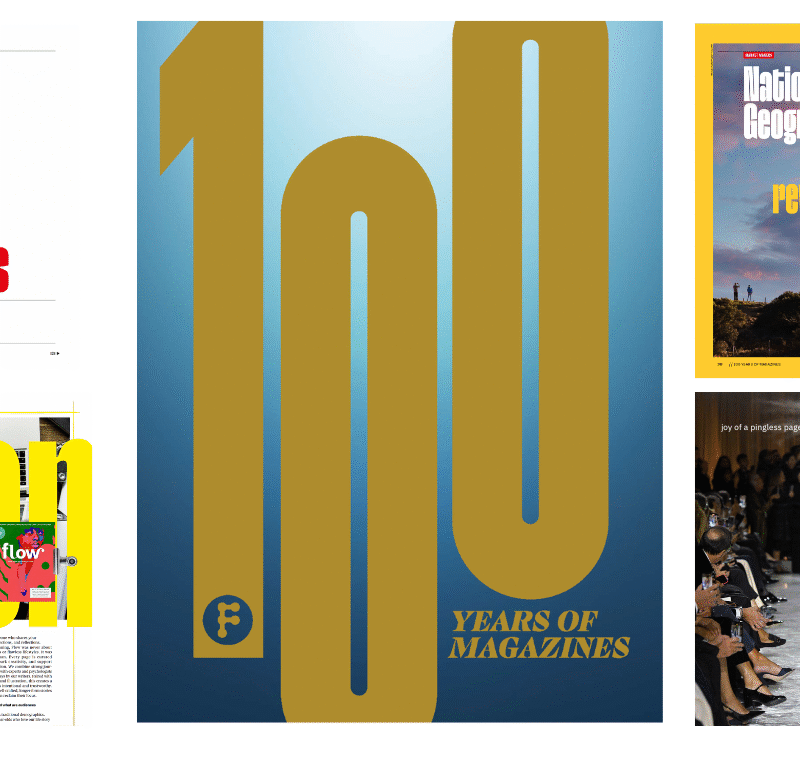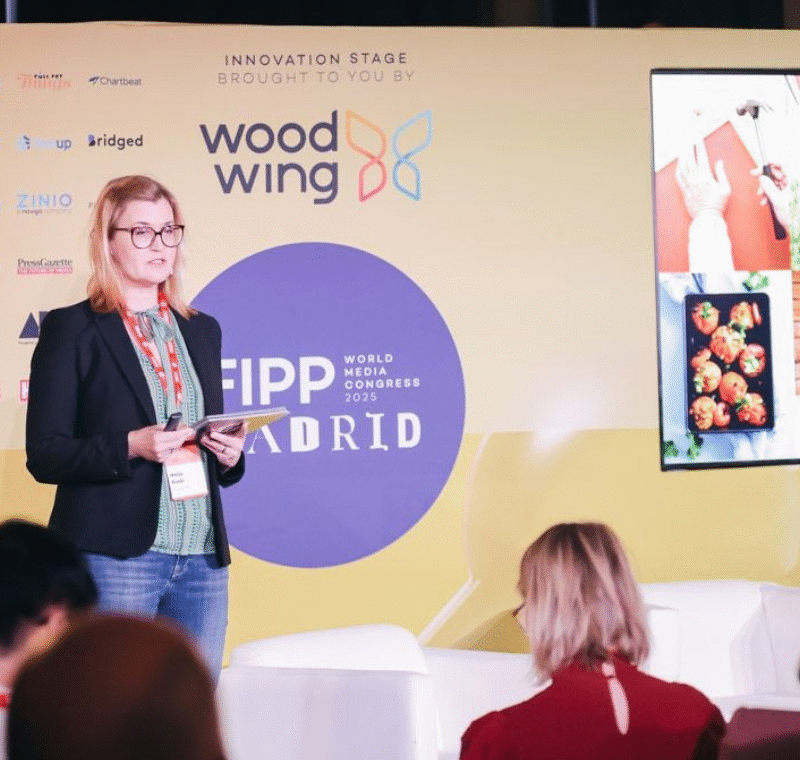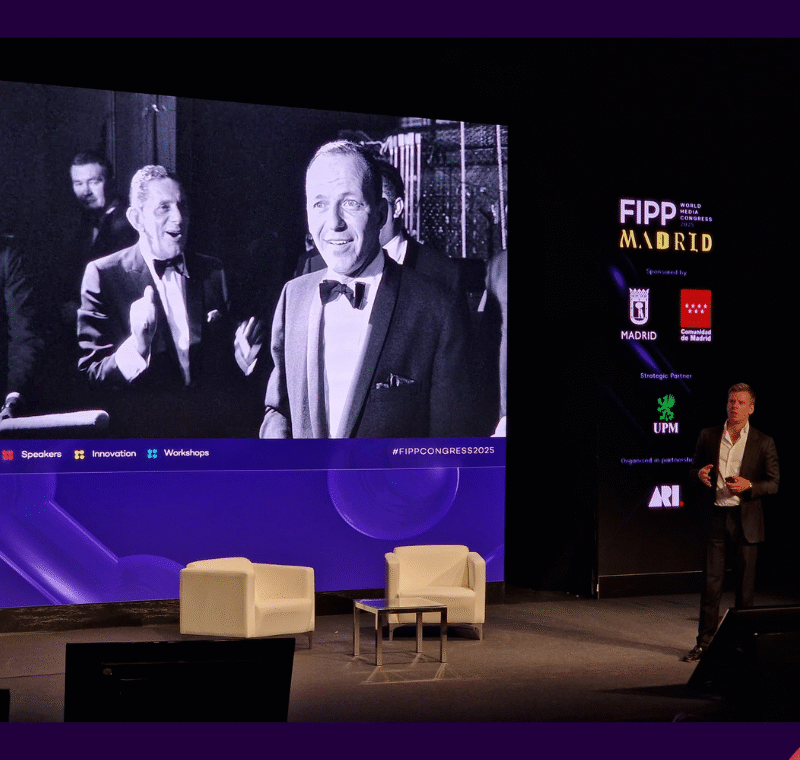Time Out Market Lisbon: “A living magazine”
At a time where the digital shift caused many media outlets to struggle, globally recognised magazine Time Out took an innovative leap by extending into the food and hospitality sector – and engaging loyal new audiences in the process.
The Time Out Market, Lisbon, is more than just a popular food hall. It is a natural extension of the Time Out magazine brand – and has set a new precedent for media brand extensions, audience engagement, and the diversification of magazine business models.
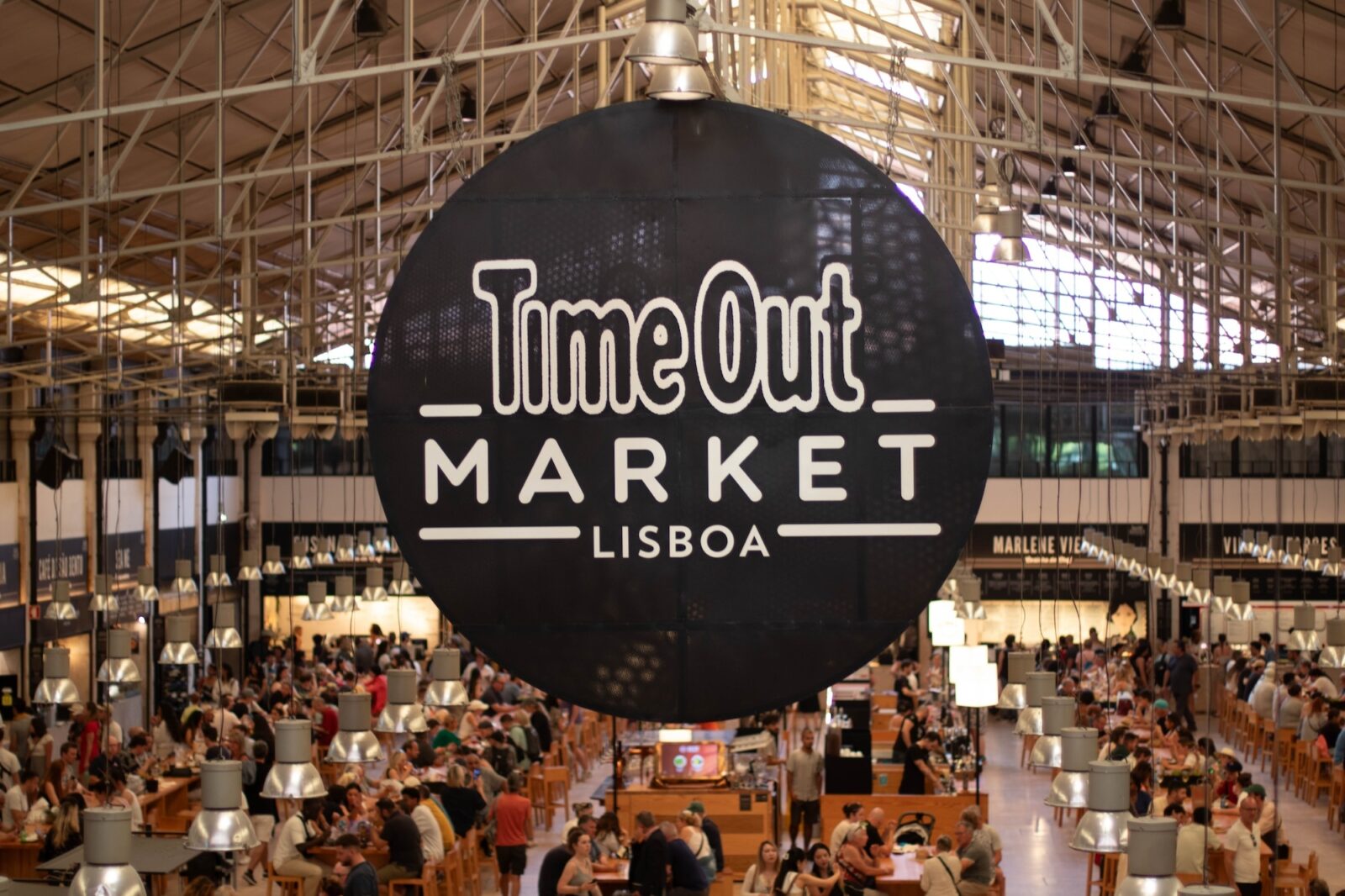
Founded in London in 1968, Time Out magazine initially built its reputation as a cultural guide, helping readers navigate the best food, events, and entertainment in their cities. Since then, the publication has expanded, establishing itself as a trusted voice across the world. However, when the rise of digital media put pressure on the traditional advertising-based revenue model, the brand made a bold move, converting Lisbon’s Mercado da Ribeira – a 19th-century market space – into a curated food hall. The Time Out Market was born.
It is a simple but at the time revolutionary concept: bringing the content of the magazine ‘to life’, offering visitors a chance to physically experience the places and flavours that the trusted publication had been recommending since the magazine’s inception.
Every restaurant and chef in the market is selected by Time Out’s editorial team, ensuring that the market remains true to the magazine’s ethos of curating the best. Visitors to the market can sample dishes from some of Lisbon’s top chefs and most beloved restaurants, as well as innovative new talents that have been spotlighted by the publication.
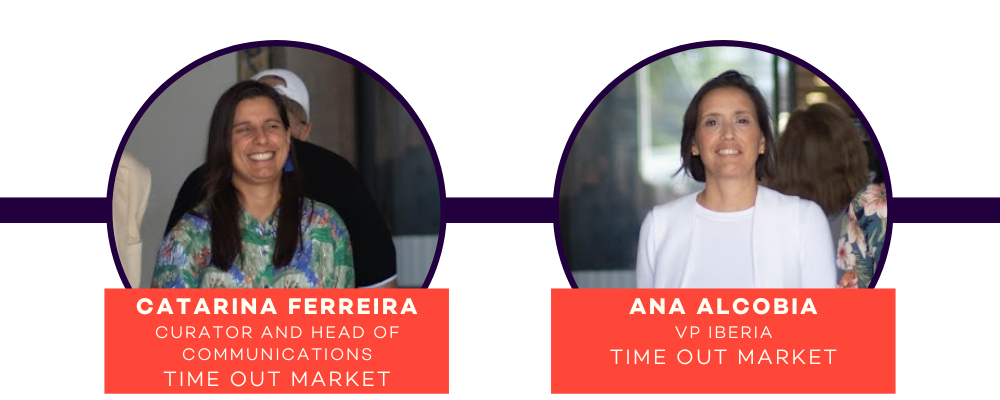
“Every week I was on the streets, speaking to restaurants, interviewing interesting people, learning about every new place that opened – so it was about translating that journalistic knowledge to create a food hall,” explains former Time Out Features Editor Catarina Ferreira, now Curator and Head of Communications. “It’s now like a living magazine, backed up by journalists and representing the best of the city.”
The idea of the contents of the magazine being ‘brought to life’ has been developed throughout the space, which not only included the food hall itself, but also incorporates a cooking school, a service restaurant and a venue for concerts and conferences – all natural experiential extensions of the magazine’s content. As with the chefs in the main space, all the concert performances are recommended by the magazine staff.
Catarina says that the ongoing conversation between the hall and the magazine not only helps with the creation of content and curation of vendors, it also builds audience trust. “People may know the magazine but not the hall, or vice versa, but when they realise there’s a link between them supported by journalists and food critics, they know they can trust what they are eating.”
This doesn’t just benefit the tourists. It was important to the Time Out team that the food would also be affordable and available to Lisbon residents. “Yes we have tourists coming – and coming back – for lunch every day, but the prices need to be for the locals,” says Ana Alcobia, VP Iberia at Time Out Market. “This is not just a tourist trap; it’s very important to us that locals to keep coming back, because they are part of the DNA of Time Out Market Lisbon.”
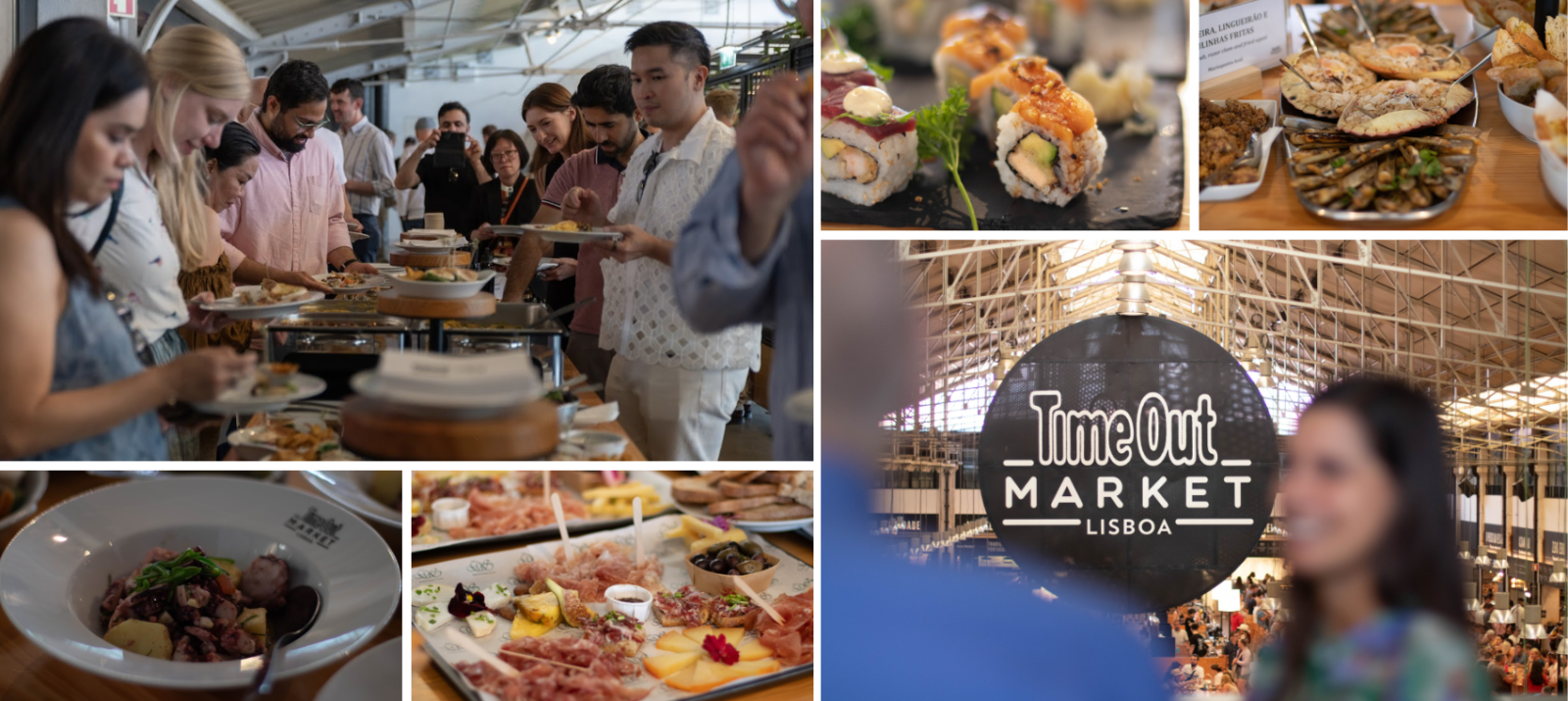
For those in the media, the Time Out Market represents a new way to engage audiences and build trust in an era where attention spans are fragmented, and physical experiences often outweigh digital impressions. This is not just content curation but experience curation – and as many working in the current media landscape know, loyalty comes not just from delivering content but from creating memorable, real-world experiences that reinforce the values of the brand.
The success of the Lisbon food hall continues apace, and has attracted millions of visitors in the last decade. The Time Out Market concept has subsequently expanded to cities such as New York, Miami, and Dubai. In each case, these halls show that a well-executed physical presence can complement – rather than replace – a brand’s digital and print offerings, helping to build strong connections and loyalty in a new, more lasting way.
In an era where audiences are increasingly sceptical of advertising and branded content, authenticity has become a key metric for success. Time Out’s success has relied on its ability to stay true to its editorial voice – and in fact, the magazine remains a cornerstone of the whole brand extension.
“Media is the key to knowing exactly what people want – we need our journalists to be out in the city every day, discovering what’s new,” asserts Catarina. There would be no Time Out Market without the magazine, and there won’t be a Time Out Market in the future without the magazine.”

Save the date
FIPP WORLD MEDIA CONGRESS 2025
23-25 October 2025, Madrid, Spain
Our first, early bird tickets will be released soon.
Sign up to our newsletter to be the first to find out when it happens!


